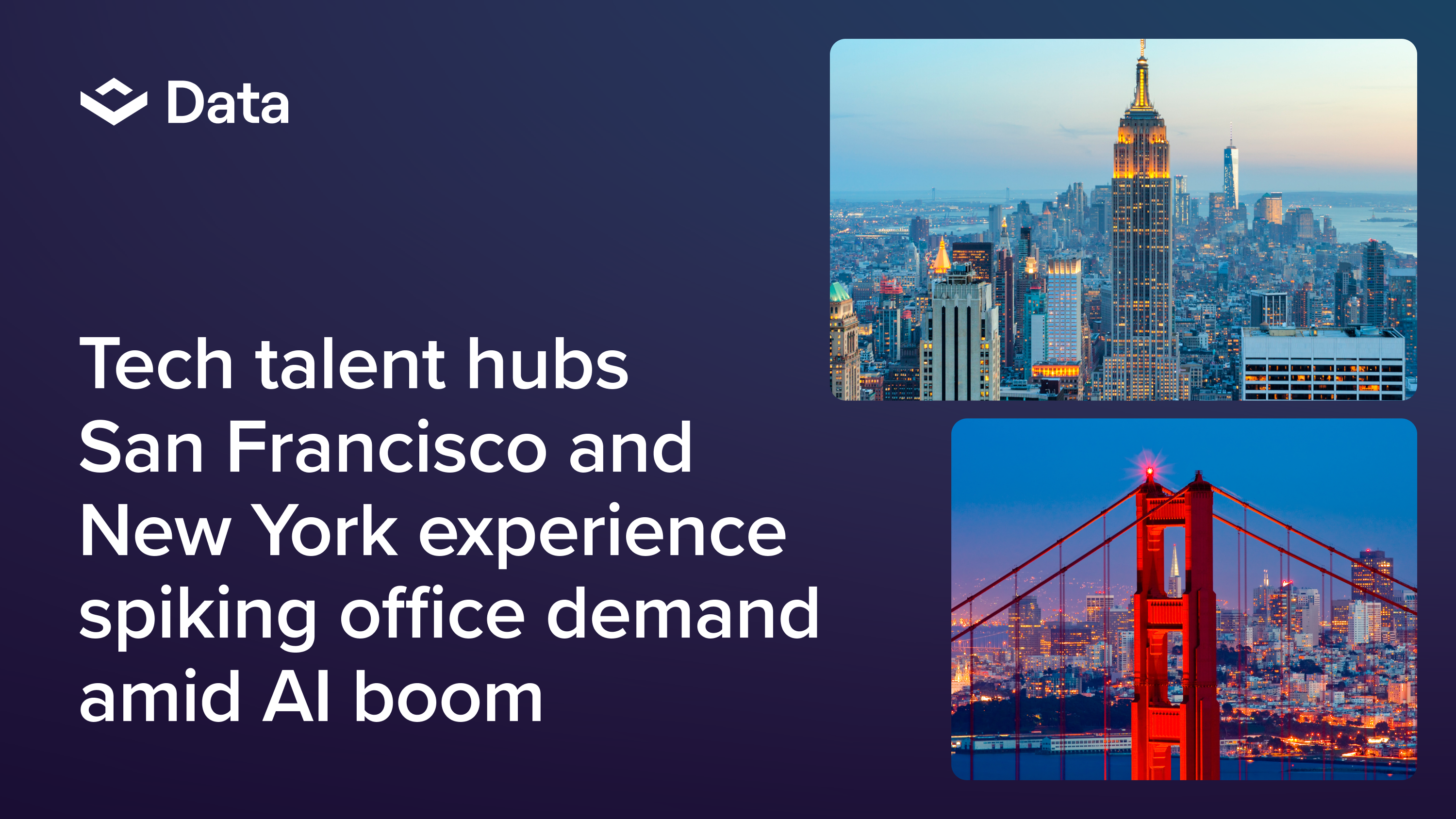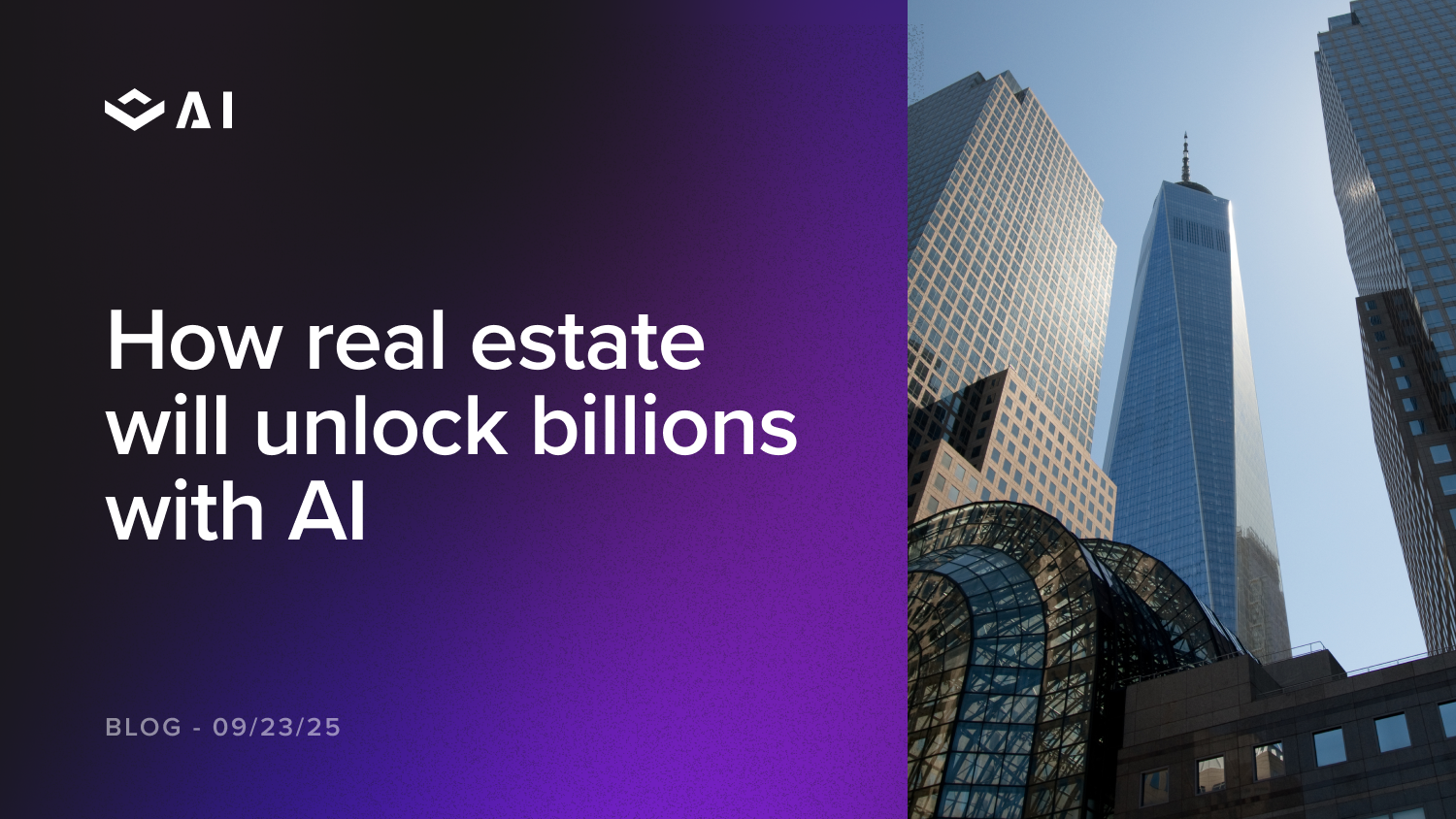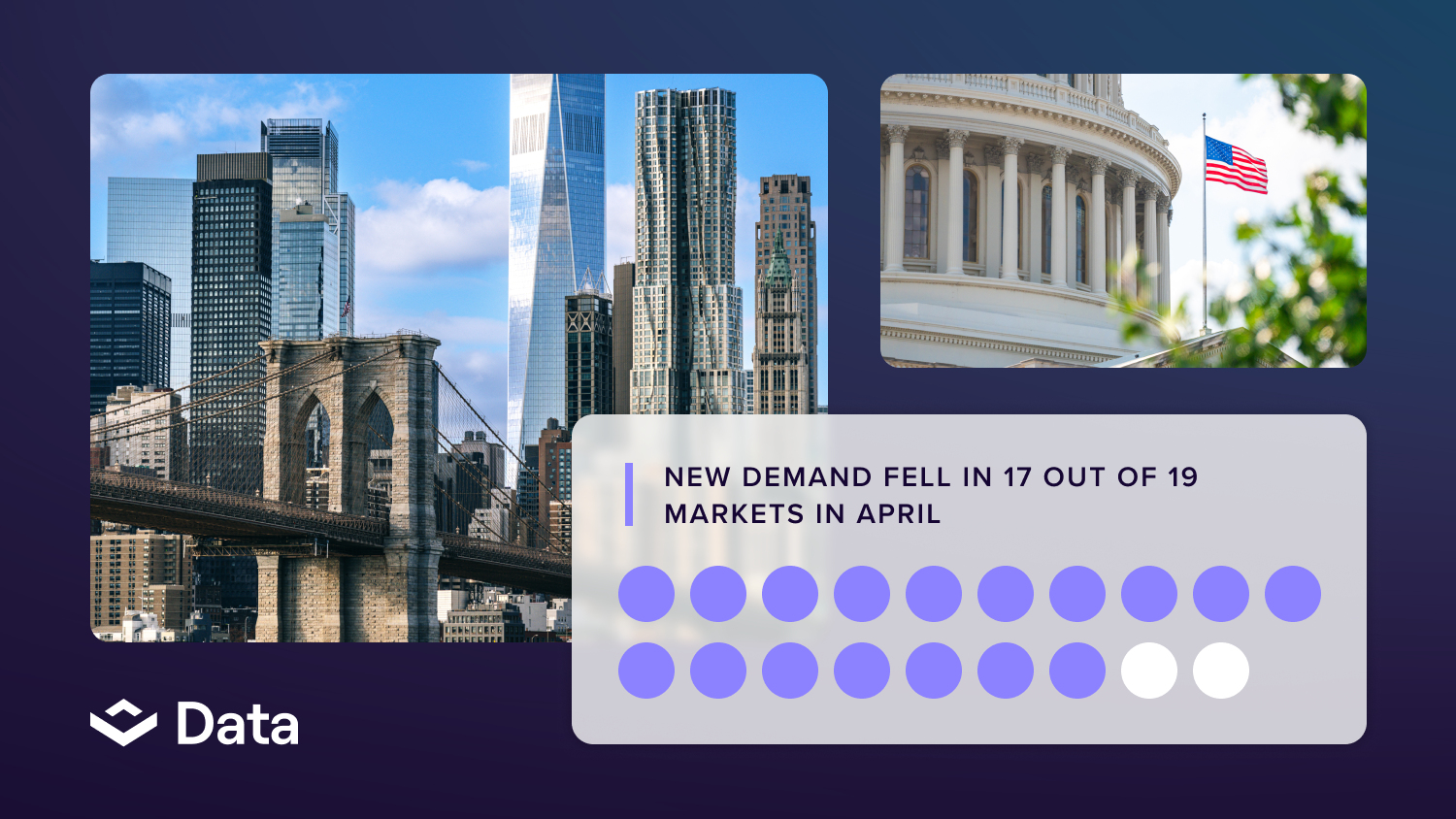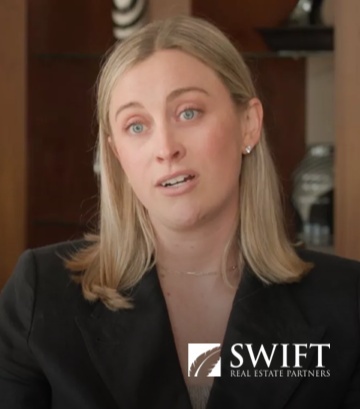In this edition of the VTS Innovators Spotlight, we sat down with Paula Balmori Beltrán and Derek Ommert, both of whom are longtime building security leaders for Brivo and ASSA ABLOY, respectively. Paula and Derek are also board members of the Secure Building Council, with whom VTS will be hosting #SHIELDNIGHT on November 19th, 2024.
Hey Paula and Derek! Thanks so much for taking the time to chat. Let’s get right to it - what is the Secure Building Council, and what is its mission?
Paula: The main mission of the Secure Building Council is to create a safer world. The way we're doing this is by creating the first-ever security certification for buildings, and the way we're accomplishing this mission is by having a phenomenal group of professionals come together to create the SHIELD certification program.
In the past, building security strategies only came from one or two perspectives, which were mainly from ex-law enforcement or security design consultant professionals. The Secure Building Council brings together experienced and seasoned professionals from companies like Meta, Apple, Amazon, LinkedIn, ARUP, Cannon Design, and many others that encompass all the stakeholders who make security decisions. That includes architects, engineers, and building owners in addition to security consultants. By having this diverse group we’re creating the certification in a very holistic way.
Derek: To Paula's point, when discussing the design or the enhancement of buildings, security has always been known by guards, guns, and gates. But now when you start looking at safety versus security, “safety” is slip, trip, and fall. Security is making sure that you keep the right people out and let the right people in.
Incorporating security into the initial design of a building or to the initial upgrade of a building is a big part of the mission. We want to avoid what often happens today, where consultants and engineers and architects are asked to incorporate all these facets of traditional security after this super aesthetically pleasing building is developed, all to realize–it's all glass. Now how do we secure it?
As opposed to just slapping things together in the construction process, we want security stakeholders to get with the design team early and often, and embed security into the design of the building. It’s all in an effort to make sure people are brought into their workplace safely and that they have a sense of security within their workplace.
You both work with so many owners and operators of commercial real estate. What is top of mind for owners as it relates to physical building security? Is it much different between, say, office and multifamily?
Paula: To reiterate what Derek just mentioned, security used to be the three g's, the guards, guns, and gates. For office owners, it’s now shifted into a conversation about the operational efficiency and ROI that security is bringing to both the end user (the tenant) and to building operations.
Now that a lot of security technology is integrated into buildings, owners have a lot of data that can be used to not only make better decisions about how their buildings function and layout, but also create a better user experience for the tenant. The way you enter the building, the way you are able to book a table at your office, or even have privileged access into certain spaces–all of it helps with operational efficiency and ROI for both the building and the businesses leasing space.
Derek: When you look at the commercial side of things, it’s important to recognize that many employees live in multifamily residences, and multifamily technology is all about the user experience.
A lot of times, the user experience is great. They’re going to their apartments, to their condos, to their houses, and all the hardware they interact with everyday looks really good, and the interaction is simple because they're using this (Derek waves his phone).
And then they get to their office, and the interactions they’re used to at their home or in nicer hotels aren’t incorporated in their workplace. It's one of those things. Manhattan’s a little bit different overall, but if you’re an executive in, say, the DC metro area, and they use their physical credential to get into the parking garage, and then use the credential to get into the elevator lobby, and then up the elevator…but then they get all the way to their office, and they're using a metal key.
Why not take that convenience of mobile access control all the way through? Why not take the convenience of access control and then the aesthetics that they're used to from either hospitality or residential into the commercial environment? I think a lot of forward-thinking owners are starting to look at security in this way.
When VTS ran its inaugural Global Workplace Report, we found that the security of the building is as important (if not more important) to tenants than amenities. From your vantage point, how can building security be an attractor (or detractor) for prospective tenants looking at office space to lease?
Derek: From an attraction standpoint, it's all about perception. If you perceive that you're safe, then you're going to feel a lot more comfortable in your work environment and feel safe to lease space. Aesthetics are a big factor in this – we don't want to have spaces that look like detention centers. We want to make sure it's a welcoming environment while maintaining layers of security that feels frictionless.
When building the layers of exterior and perimeter security like turnstiles, elevator kiosks, etc, it does matter that both the aesthetics and convenience–the user experience–are kept top of mind. You don’t want security to feel like a hindrance, because once you start making security hard or a hindrance, then it's going to be problematic, particularly for C-Suite decision makers. It’ll be clear quickly that they, along with their employees, are not going to enjoy their work environment.
It’s also important to note that the new generation coming into the workforce really wants to know if there’s a safe place for them if something bad were to happen at their work environment, because they’ve grown up going to school and practicing active shooter drills and lockdown drills. It’s an unfortunate reality that a lot of the new workforce has grown up in a world with safety concerns the older generations among us didn’t have to experience.
Paula: We often help our tenant clients do risk assessments to choose a site. If you have two buildings that are apparently the same, but one clearly has security in mind and the other one doesn’t, the one with security in mind is going to be more attractive not only for securing employees, but also the physical assets of the company.
This all ties in with the ROI security has for businesses. What happens if some unwanted personnel or person goes into a company’s space and hacks the servers or whatever assets they have in that space? That not only interrupts your whole business, but the liability issues tied to that are massive. So you're already winning if you have had security in consideration versus not having had that in mind for business purposes.
Beyond that, just having happy employees that feel safe, that feel secure, that they can do their job and not worry about their safety, that also helps and has real ROI for a business.
In that same report, we found the vast majority of tenants want a mobile access experience. Do you have a perspective on the security merits of mobile access over physical keycards?
Paula: More and more, occupants and building owners simply want the seamless experience of mobile access. You are always are going have your phone with you, so having to (on top of that) find a fob or a card or or that extra credential that is not in the phone you're already carrying is an extra unnecessary thing to do these days because with mobile credentials, you have it on your phone. The technology that is being developed around that experience of mobile credential with NFC and literally having not to even look into the app is getting requested more and more. It's truly the present and the future of how it is going to be.
Mobile credentials also present a fun challenge for the industry in the sense that people still say - OK, mobile credentials are great and they’re secure, but how do we identify people within the workspace? That’s why some businesses still want the lanyards with personal credentials on display.
But I know we're going to find a way to do it in a more seamless way and still push forward that mobile credential experience because it's what truly every person wants. Security professionals will still need to keep improving how to identify employees within the workplace suite itself, but ultimately, “yes” to mobile credentials
Derek: This could be a topic for a week long conversation, but, you know, I go back to thinking like a bad guy. So I bought this thing on Amazon (waves a device) for twenty bucks over fifteen years ago, and this can clone a card. You can actually go to Home Depot or any other home improvement store and clone the ProxCard, the unsecured cards. Then there’s smart cards that can't be easily hacked and cloned, but it’s still not convenient and can get lost.
But a phone–if you don't have this within an arm's reach, you almost feel naked. There's something that's missing when you don't have it, and you really recognize it when you drive away from the house or you take the subway and you don't have it right next to your person. In other words, far less likely to get lost, far less likely to get hacked.
It’s also simply better in terms of provisioning a pool of credentials, where if Paula decides to transition to another organization, we just bring her mobile credential back into that pool and then reissue it to whoever is coming in to take her place. This, as opposed to trying to get back that plastic card Paula probably left somewhere.
Finally, we’re so excited to host SBC #SHIELDNIGHT with you on 11/19 at VTS HQ. What are you both looking most forward to, and how will you know the event was a success?
Derek: Well, there is zero doubt that the event's going to be a success. I think the interaction with the industry professionals that are coming, not only from the security side, but from the commercial side, the tech side, the VTS side, and the real estate side. Just the interaction and camaraderie of the cohorts that are going to be there, it's going to be a success no matter what.
I’m also so excited about the support of the community we’ll be promoting through the raffle of the I Love U Guys Foundation. That's what a lot of the security industry does. It's not only what they're doing to protect the workplace, but also giving back to the community and what's important. Whether that's the workers or the students in this case or the families that are affected by violence, it’s all going to be a successful interaction with a lot of different types of people.
Paula: I can't wait for it. It feels like a big milestone to have all those people in one room together and celebrate the progress that we've made in the past year and a half and see the road ahead. And like Derek mentioned be able to speak with other people that have gone through the same struggles and see that it's going to be a room full of doers, people that are working to make the SHIELD Certification happen, that we are in front of a room that is going to change the industry like never before and change how security is perceived. I look forward to seeing history made!






